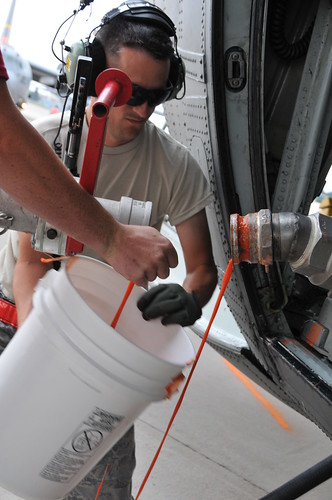Cavitation in your hydraulic system is when your hydraulic parts, lie your hydraulic cylinders starve for oil due to insufficient fluid. It has two forms: gaseous and vaporous. When overheating occurs, this can possibly lead to excessively thick oil, clogged breather caps, flow obstructions, pump over-speed, undersized hoses, and slightly closed shutoff valves. All of these can trigger cavitation. Vaporous cavitation is extremely localized oil boiling such as within a hydraulic pump. The more common gaseous cavitation occurs when fluid pressure drops to less than 5-in. Hg at sea level (normally at pump inlets). This allows dissolved air escape from solution.
For instance, you have a system operating at 2,000 psi. An air bubble passing from the low pressure
to the high pressure side of a pump compresses to about 1,135 its original size in less than 10 milliseconds, and producing considerable heat in the process. Typical diesel engines have a 32:1 compression ratio for comparison. A study showed that air trapped in 150- m diameter cavitation can cause bubbles to reach temperatures to 5,500°C. When pressures increase, bubbles crumple or explode. This creates shock waves and microjets with local pressures estimated at 1 million psi. These microjets ditch pump-housing walls, open clearances and decrease pump efficiency. In severe cases, these may cause mechanical breakdown. The ejected particles also pollute the oil.
Cavitation is just one source of damage. Other causes are metal shavings or slivers shed. These can cause damages to the hydraulic cylinders, relief valves and pump housings. All these can wear plates and decrease efficiency. The dirt acts as a catalyst to oxidize oil while microorganisms feeding on dirt and water destabilize it. In all cases, however, filters can help eliminate most particulates that can cause cavitation.
Find more helpful tips from hydraulic systems today.

Walang komento:
Mag-post ng isang Komento